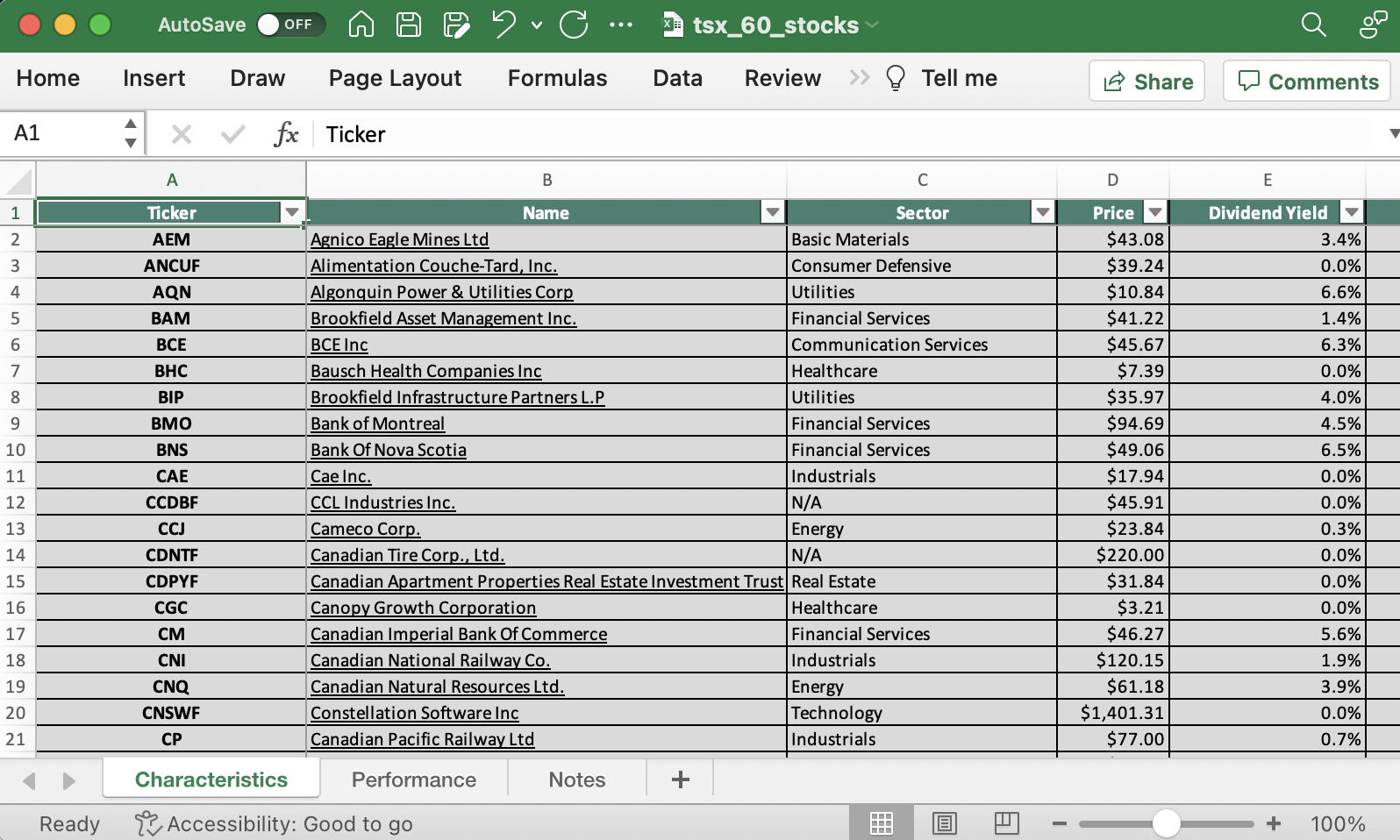The Art in Fundamental Analysis
Financial statement analysis represents the art in fundamental equity valuation and helps creditors and investors make better economic decisions. For reporting purposes, corporations prepare statutory statements that combine accounting rules describing the accrual process, management estimates of projected events based on past experience, and managerial judgment that is subject to a cost-benefit rationale.
Corporate press releases about quarterly earnings announcements reflect this. The net earnings per share number, which ultimately increases shareholder equity, is mostly neglected in management discussions and analysis. Indeed, alternative numbers based on massaged earnings information tend to be the focus. The current use of pro-forma, or alternate, numbers to represent true operating earnings stems from corporate management’s need to meet earnings estimates and support stock prices for companies that have little or no positive net earnings to report. This is why we need to reconnect the economic implications of accounting for depreciation with goodwill amortization / impairment charges, which are universally assumed to be non-cash charges, and other one-time charges.
The Case for Pro-Forma Adjustments
That pro-forma earnings supposedly reflect a business’s true performance is the basis for their theoretical support. However, accounting earnings, as the accepted language of business, do reflect true economic performance. Let me explain.
Depreciation reflects a decline in an asset’s value and in the future benefits that owning the asset confers due to normal business usage. As a charged expense, depreciation is accounted as an earnings reduction. But without a corresponding cash outflow, adding to earnings to compute economic (cash) income or cash flow from operations may be justified.
Depreciation Accounting
A merger or acquisition generates goodwill when the purchase price, or transaction value, exceeds the fair value of the net assets acquired. Whether cash, stock, or some combination thereof is exchanged, the goodwill amount recorded from the transaction is the same. It thus represents the intangible expected future benefits to the acquiring entity of integrating the target entity’s operations.
Since goodwill amortization / impairment represents the reduced future benefits from ownership of the net assets acquired, it is charged as an expense to current income. However, since no corresponding cash outflow occurs, it may be reasonable to add to earnings in calculating the economic — read: cash — income or cash flow from operations.
Goodwill Accounting
The Case against Pro-Forma Adjustments
Both depreciation and goodwill amortization / impairment charges reduce reported earnings and, as a pass through effect via retained earnings, diminish equity accumulation. So, to examine the validity of the premise of depreciation and goodwill amortization / impairment adjustments for reconciling accounting earnings to economic income (EBITDA or cash flow analysis), the case must be made in economic terms.
Framework for Illustrating Corporate Activity Relationships
The Logic Gap
Pro-forma income analysis converts accounting earnings into economic income. But there is some cognitive dissonance: Economic theory is a decision-enabling mechanism for the rational allocation of scarce resources — cash in this case — among alternative uses. In economic analysis, investments in any tangible or intangible assets are just another form of holding cash. After all, the net worth of a corporate entity with $1 million in cash or immovable / intangible property of equivalent value is the same. Barring bankruptcy, corporate entities are theoretically expected to exist in perpetuity. Hence, asset liquidity is not a major consideration in valuation exercises. The nature of its assets makes no difference to the corporate entity as long as their ownership satisfies the shareholder objective of maximizing wealth.
Also, given that the purchase of any movable, immovable, or intangible property for cash affects only the asset side of the balance sheet, the individual asset values may change, but the total asset value remains the same. From an economic perspective, absent the accounting language for business transactions, the whole process translates into the economic (cash) income model and cash flow computations.
Simplified Accounting Statements
Balance Sheet at the beginning of the given financial year
Income Statement for the given financial year
Cash Flow from Operations for the given financial year based on the above
Balance Sheet at the end of the given financial year
The exhibit above presents the basic accounting statements used for reporting purposes in any given year and is simplified for illustration’s sake. To calculate cash flow from operations, depreciation charges are added to net income.
Mathematical Representation of Income Statement
The reformulation in equation (02) shows that the right side of the equation is just the cash flow from operations computation using the indirect method. However, in reality, the cash flow of 200 in the illustration is generated by the corporate activities represented on the left side of the equation: That is, Sales minus Expenses excluding Depreciation. The difference in cash value on the balance sheet at the beginning and end of the year confirms this. But depreciation charges have reduced the net value of fixed assets by the booked amount, or 100. More importantly, the total asset and equity amounts have increased only by 100, which corresponds to net income for the period. Depreciation is not a non-cash expense in the economic sense.
Depreciation in an Economic Framework
Assuming purchase of an asset is just another form of holding cash
In this economic framework, depreciation represents a reduction in cash. Consequently, the net effect of a depreciation charge is a cash outflow, so there is no justification to add to earnings to compute economic (or cash) income. A base case scenario of a subsequent disposal of an asset for book value — original cost less accumulated depreciation — emphasizes the point. An asset’s purchase has no bearing on the income statement: The purchase is not recorded on the income statement as an expense. In the above scenario, upon the disposal of an asset, the company receives an amount that is less than the original cost. The difference in original cost and realized price represented by depreciation is thus a real cash reduction, and hence should be treated as a cash outflow.

To incorporate the time value of money into this analysis, the reduction in value would have to be realized when the actual disposal occurs. As such, since theoretically corporate managements are fiduciaries of corporate assets and must maximize shareholder value, any estimate of value erosion represented by depreciation should be realized, accounted for, and analyzed in that context. Moreover, current cash-based earnings valuation techniques do not reverse the positive adjustments to earnings from depreciation when assets are disposed or written off completely. They create and maintain a systematic upward bias in both income and valuation.
Goodwill Due to a Merger or Acquisition in an Economic Framework
We can economically model goodwill creation and its attendant amortization / impairment charge, as the above table shows, in changing the form of holding cash (acquisition for cash), or new issue of equity for cash and the subsequent acquisition of net assets at a premium represented by goodwill with that cash (acquisition for equity).
We can similarly use a combination of cash and equity to analyze an acquisition. As such, there is no reason to add the amortization / impairment charge to earnings for arriving at economic (cash) income. Equation (22) reveals that all charges appearing on the income statement can be modeled in the economic framework to represent a reduction in cash and therefore do not merit an upward adjustment in operating income and cash flow computations. Implicit in this interpretation is the fact that cumulative past earnings and operating cash flows are virtually identical. The variance in operating cash flows and reported earnings associated with charges in one time period results from the difference in the timing of the flows, not the actual nature and value of the flows. Restructuring charges and other assorted non-recurring expenses (one-time charges) do matter to the equity holder as they reduce the accrual of profits (economic rent) to their ownership stakes and should therefore be incorporated in the valuation process when they are recorded and not when they are paid out, to negate any potential earnings management motivations.
Investment Management Application
The free cash flow calculation supports the upward adjustment in earnings for depreciation because it considers the effect of capital expenditures, or asset purchases, at the outset as a cash outflow. It still does not require upward adjustments for goodwill impairment or other non-cash charges in computing operating cash flow.
Some motivations for mergers and acquisitions, such as taking advantage of tax loss carry-forwards of the target, increasing liquidity, or bringing a better balance to the capital structure of the acquiring firm, etc., are short term in nature. While most mergers and acquisitions seek to add to current capacity (growth through increased market share) or expand the product line (growth through diversification) and the associated cost savings from leveraging economies of scale. This is logically the same as incurring capital expenditures for expansion plans, albeit with the economic advantage of synergies and time savings realizable in bringing added capacity online and marketing the expanded product offering.
As such, in mergers and acquisitions, subsequent goodwill amortization / impairment charges should be added back to earnings for free cash flow computation only after an initial cash outflow is recognized at the time of the transaction, so the merger or acquisition is treated as a capital expenditure. A counterargument in mergers and acquisitions that feature an equity exchange is that the increase in the number of shares outstanding affects the initial cash outflow implication. But this only takes one effect of the transaction — an increase in equity — into consideration. Ordinarily, when equity capital is raised, the ownership of shares is exchanged for cash. In mergers and acquisitions that involve exchange of equity, this cash goes toward purchase of net assets and goodwill (if any), so is treated like a capital expenditure.

Thus, under today’s EBITDA and operating cash income-based valuation techniques, the acquiring company can have its cake and eat it too. Not only does the initial cash outflow go unrecognized, but also depreciation and goodwill amortization / impairment are added back in as a bonus.
The process systematically creates and maintains an upward bias in current and future cash income that translates into a higher stock price for the acquiring company. It favors growth through acquisition over organic growth as though one ton of steel is heavier than one ton of cotton.
Contrary to popular notions, if we remove cognitive biases, we may find that accounting earnings do mirror economic reality. The preceding analysis and proposed free cash flow computation methodology is strategy-neutral and makes for more equitable comparisons for investment purposes while showcasing the fallacy of pro-forma earnings-based presentation and valuation techniques.
If you liked this post, don’t forget to subscribe to the Enterprising Investor.
All posts are the opinion of the author. As such, they should not be construed as investment advice, nor do the opinions expressed necessarily reflect the views of CFA Institute or the author’s employer.
Image credit: ©Getty Images/ Victoria Kotlyarchuk
Professional Learning for CFA Institute Members
CFA Institute members are empowered to self-determine and self-report professional learning (PL) credits earned, including content on Enterprising Investor. Members can record credits easily using their online PL tracker.



























